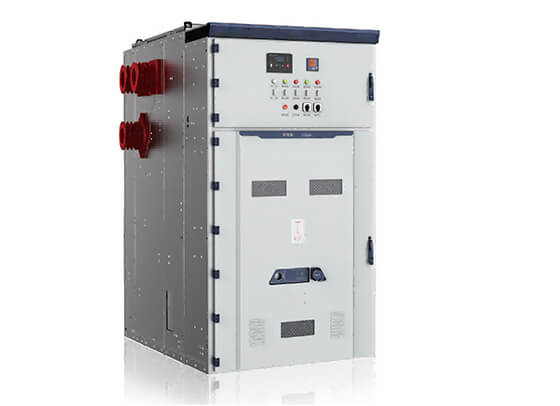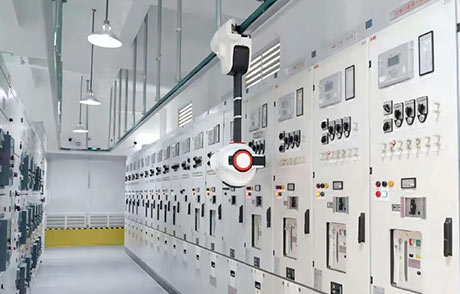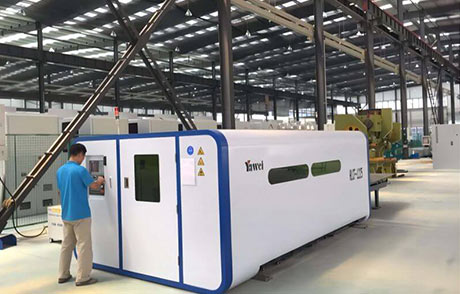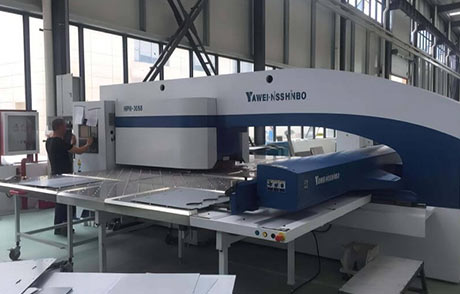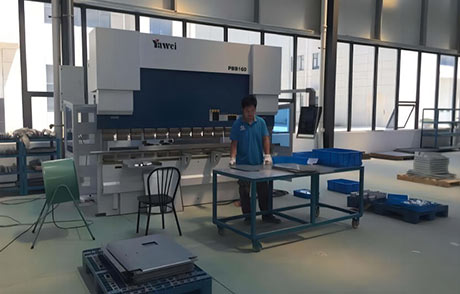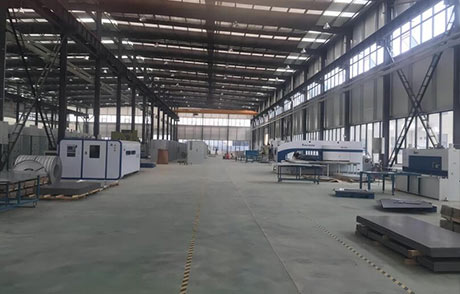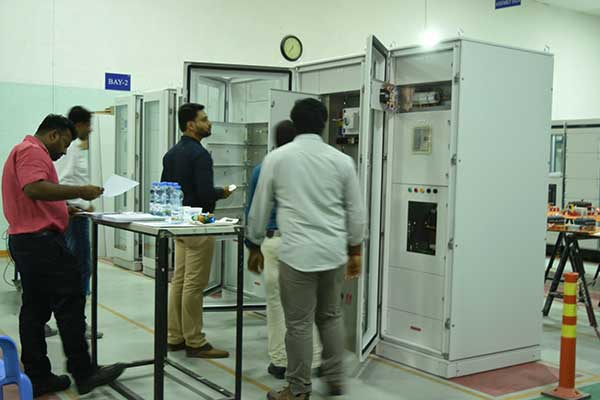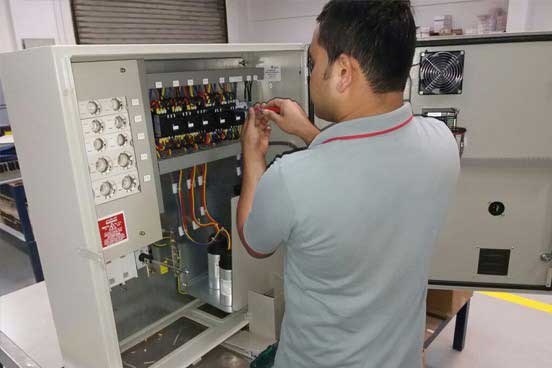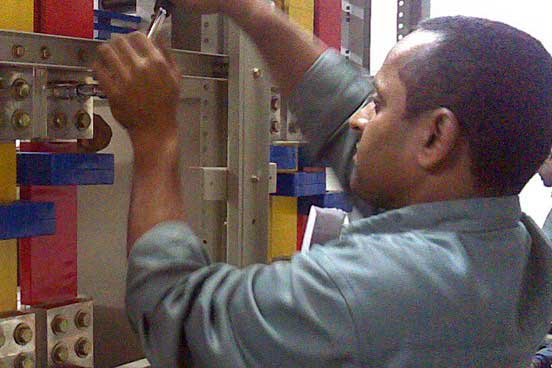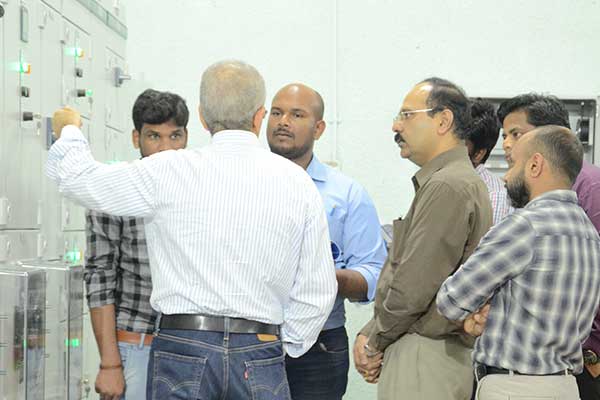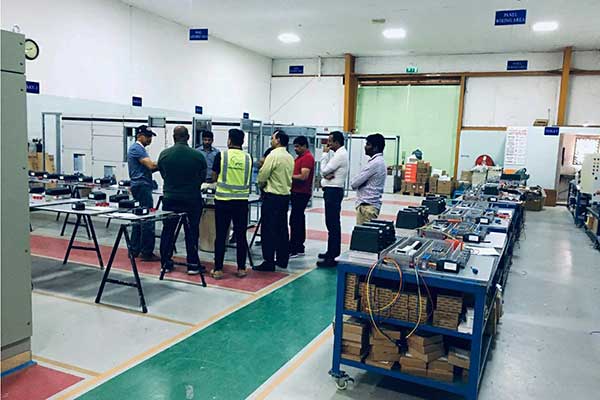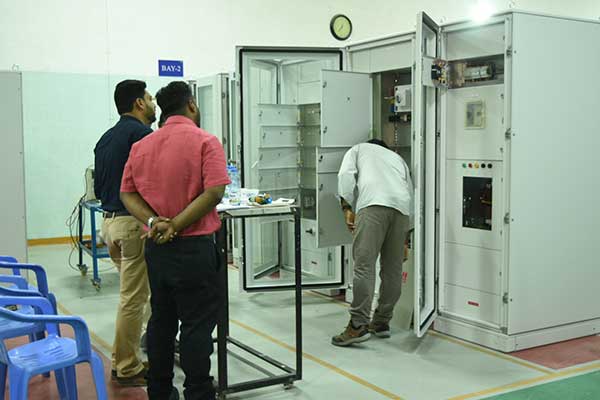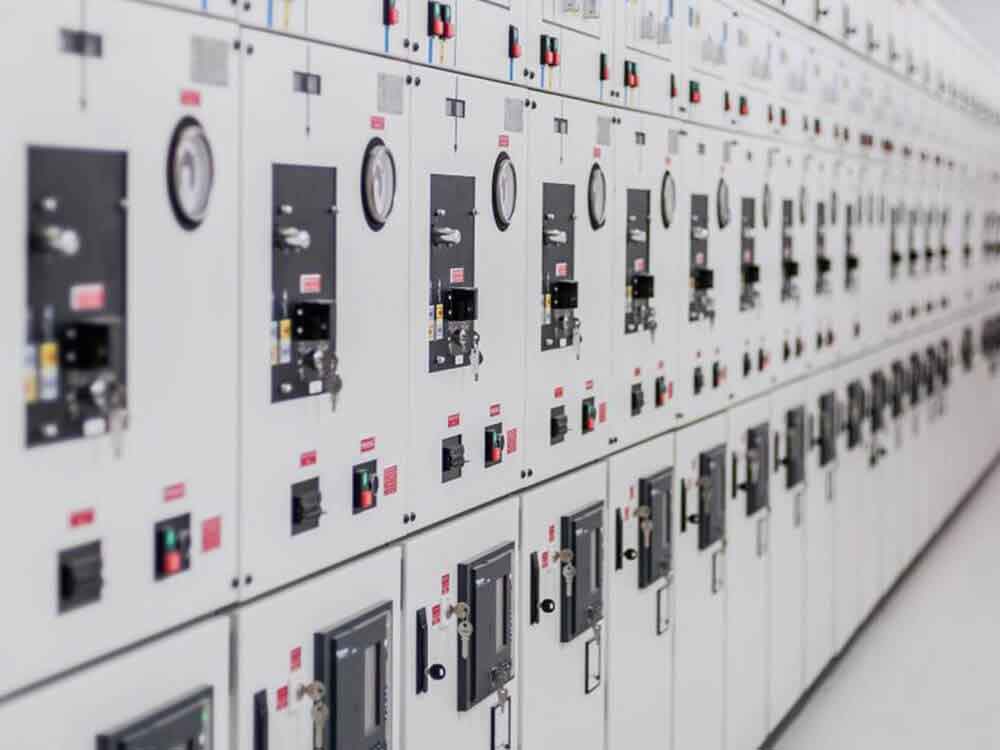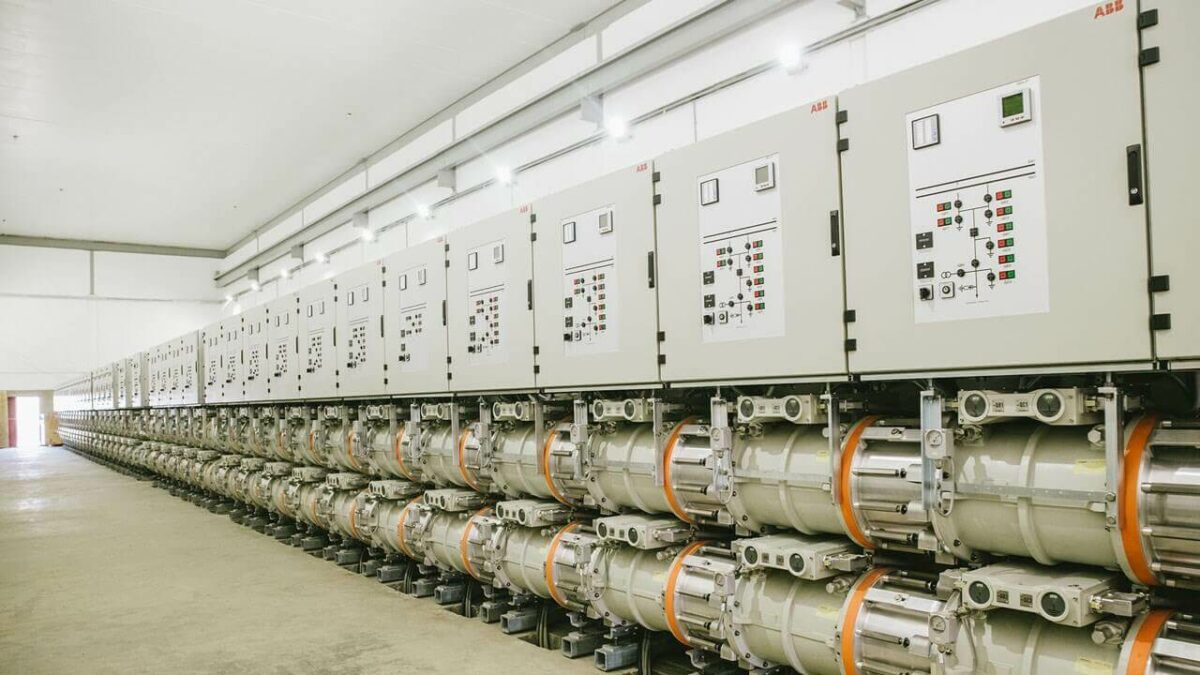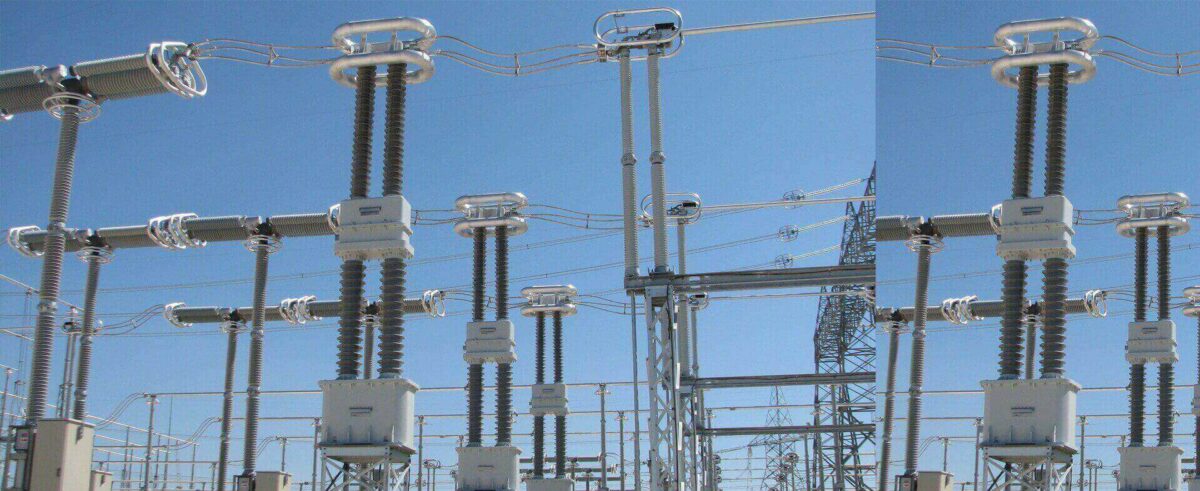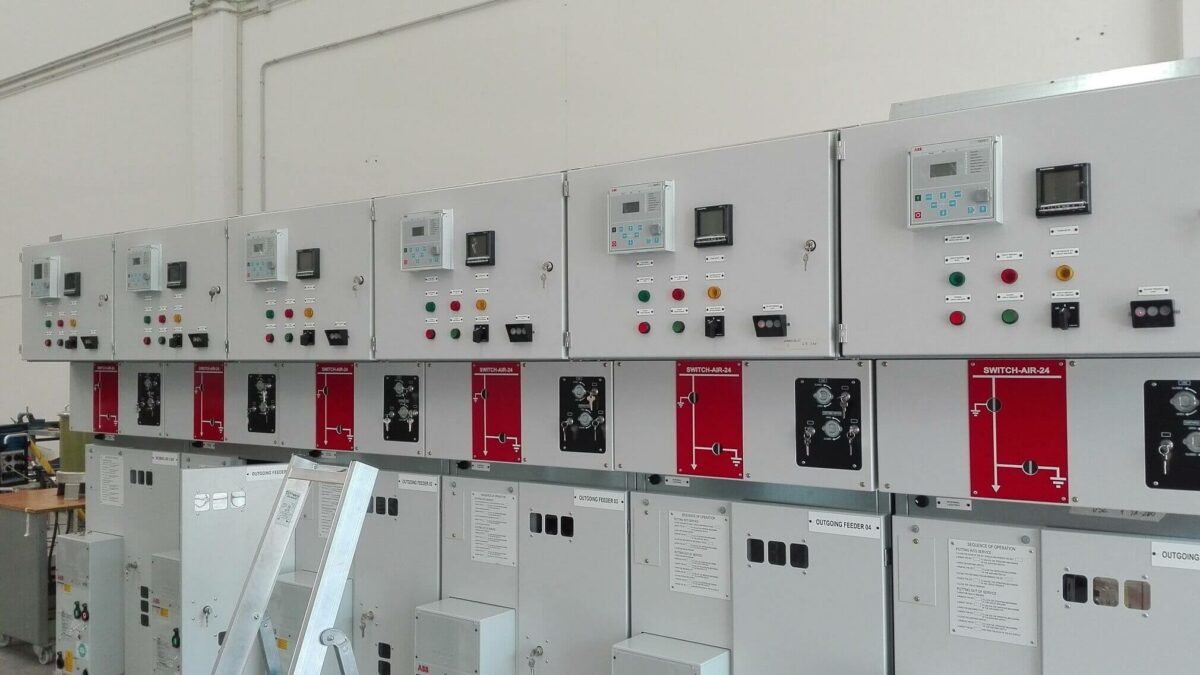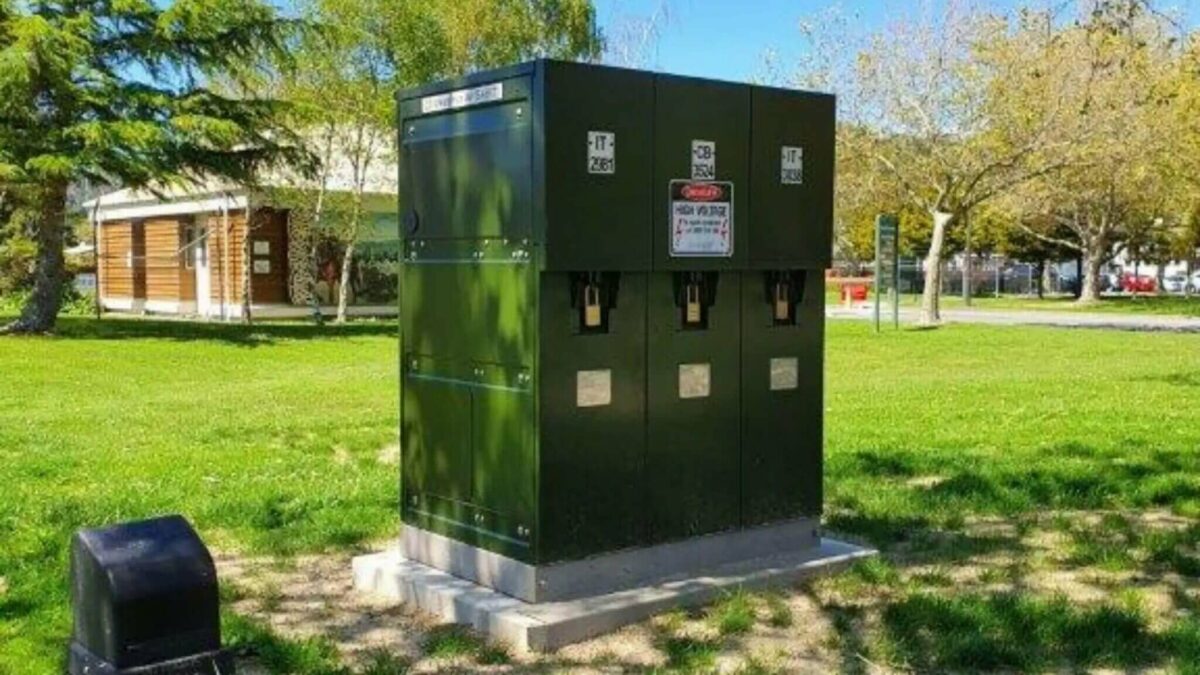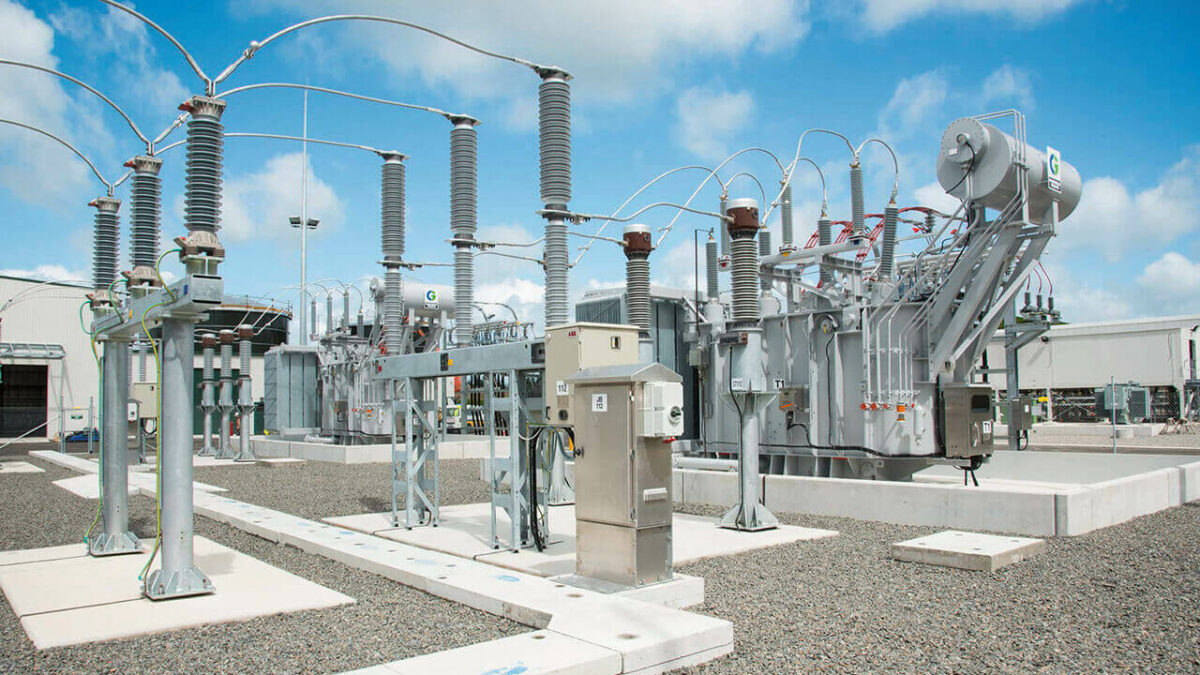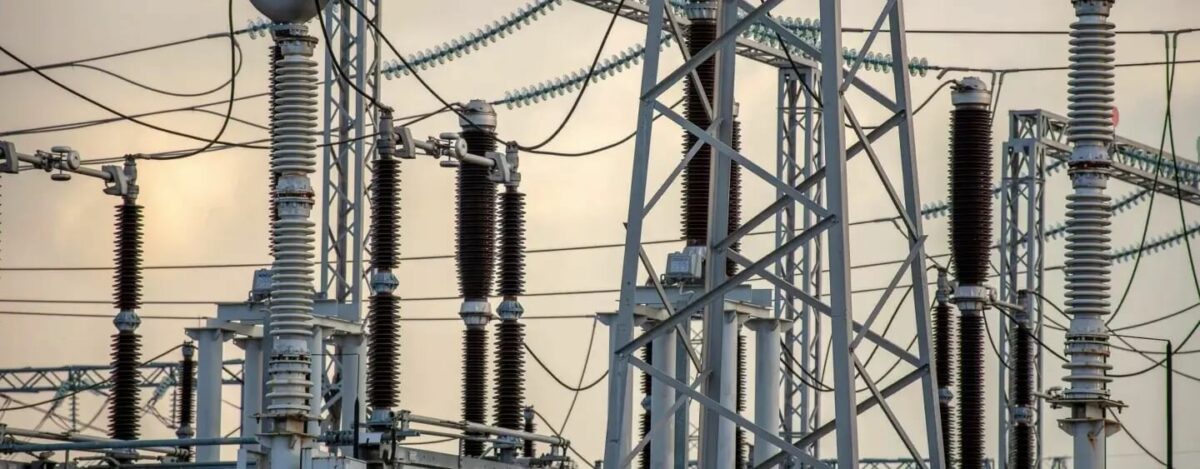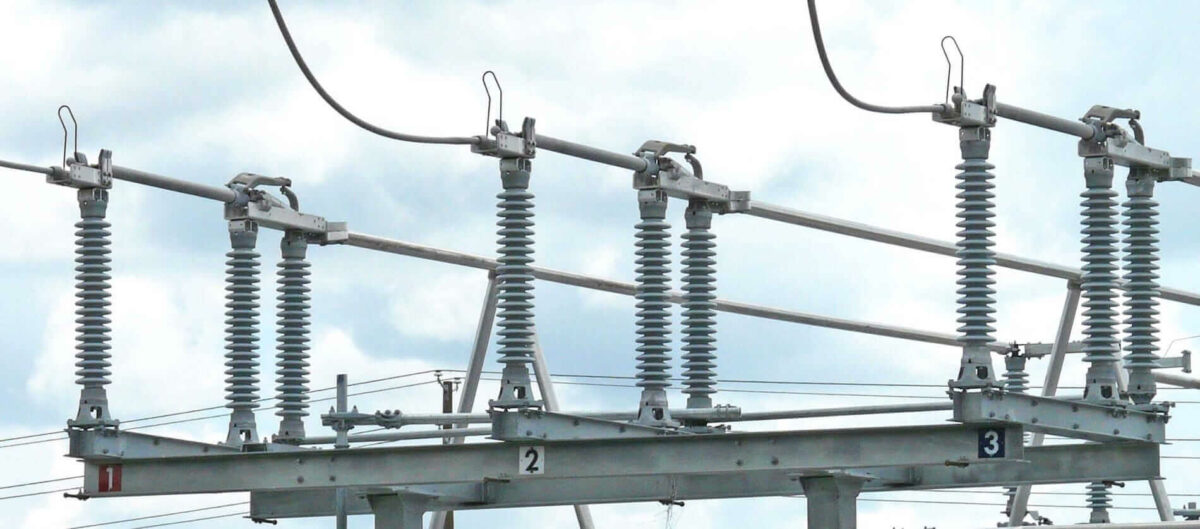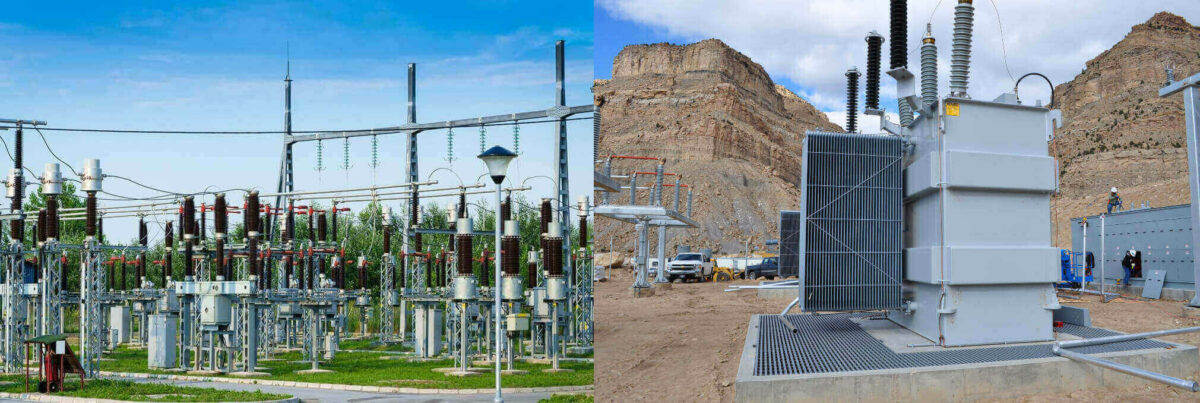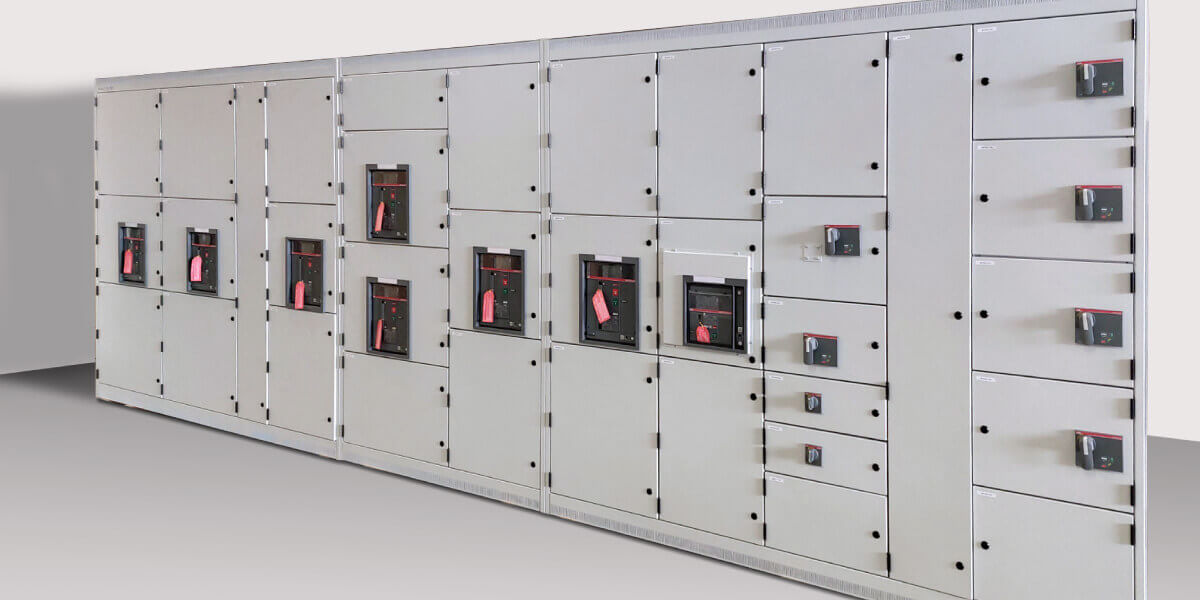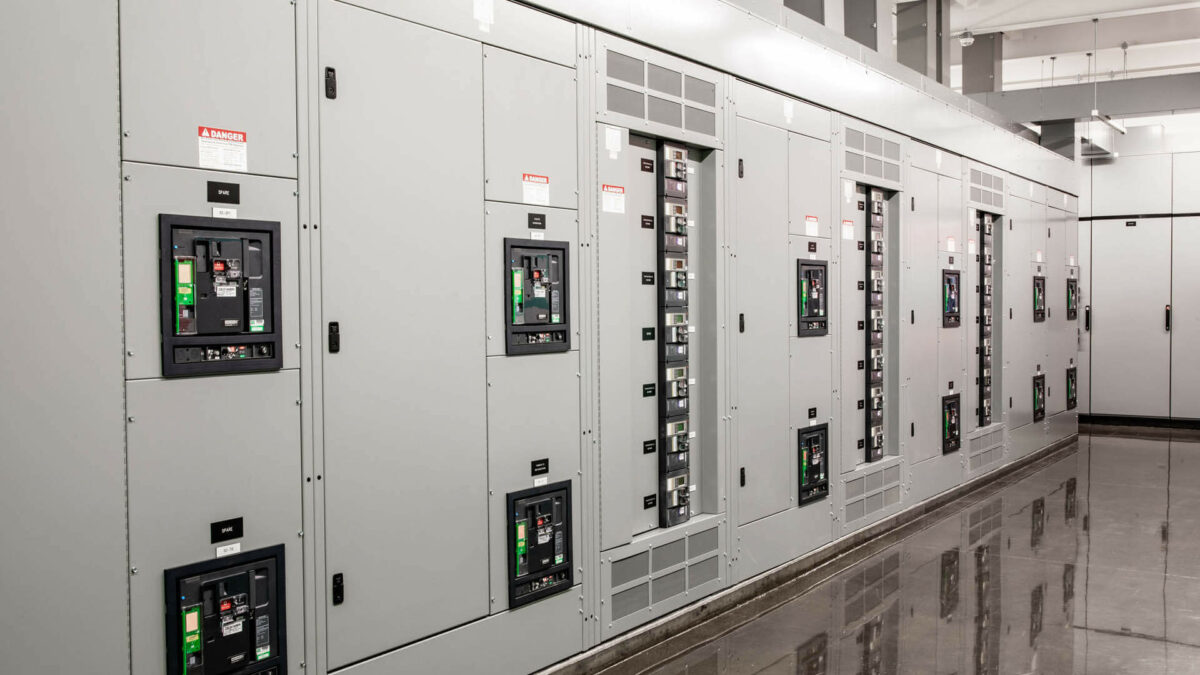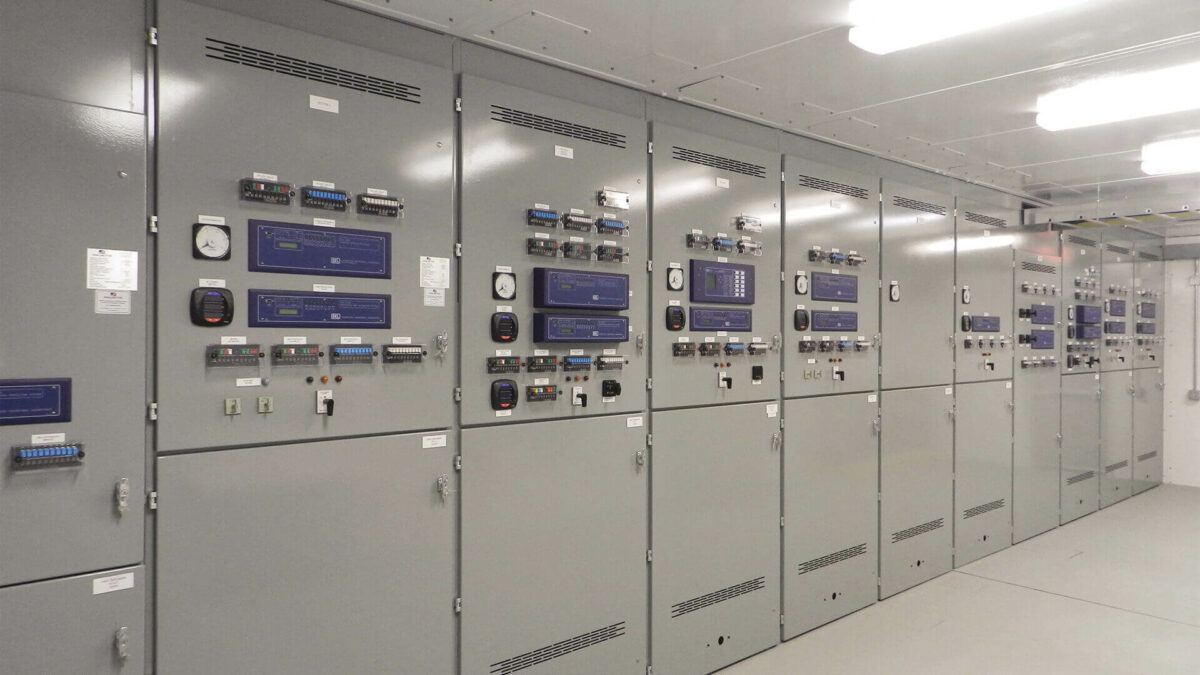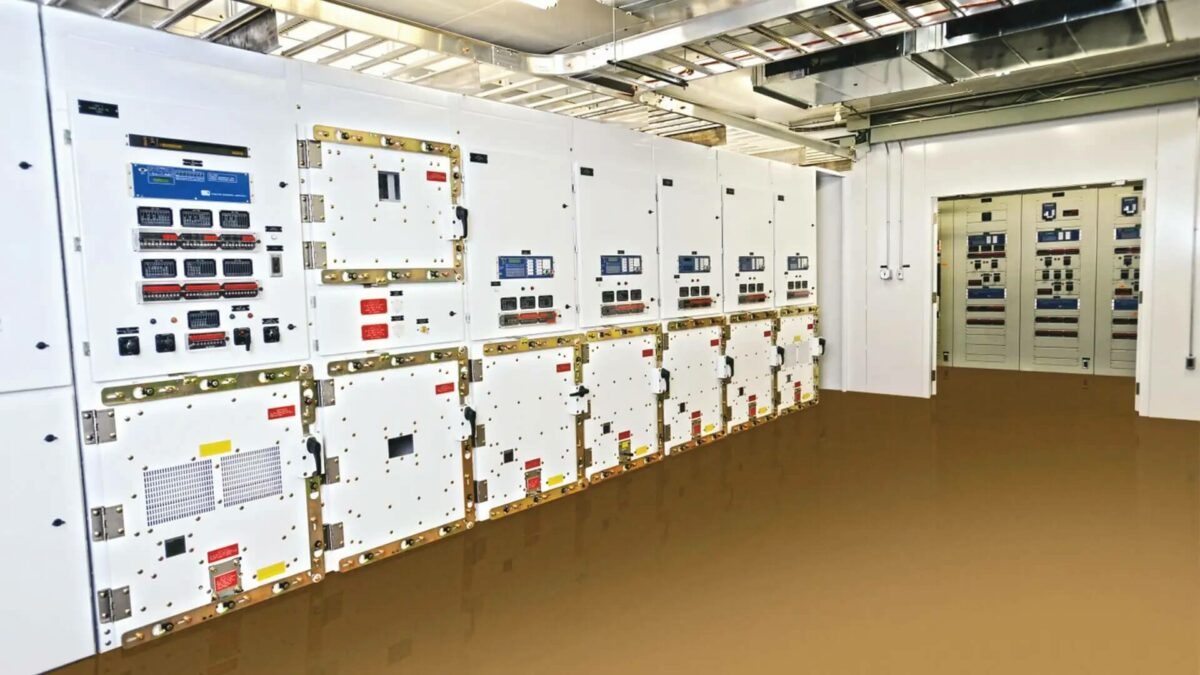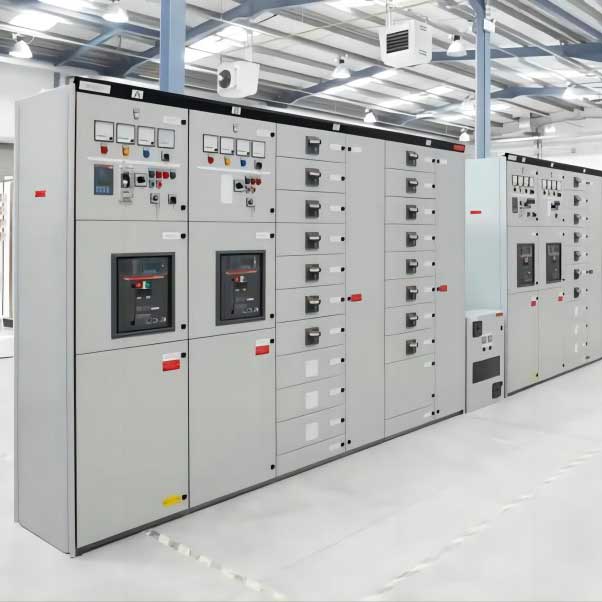
Whatoop Switchgear
Switchgear is an essential component in electrical systems, acting as a critical tool for protecting and controlling electrical circuits. By isolating and de-energizing faulty equipment, switchgear enhances the safety and reliability of power networks, preventing damage and reducing downtime.
At Whatoop, we are committed to delivering top-quality switchgear solutions for our diverse clientele. Our product range includes low, medium, and high-voltage switchgear units that cater to various industrial and commercial applications. Manufactured under strict quality control measures, our switchgear products are designed for optimal performance and long-lasting durability.
As a testament to our dedication to excellence, our switchgear products have garnered numerous accolades and certifications. These include CCC, CE, UL, and RoHS, which affirm our commitment to adhering to international safety and environmental standards. Whatoop’s reputation for quality and reliability has made us a trusted partner to clients worldwide.
Featured Electrical Switchgears
Whatoop Switchgear Application
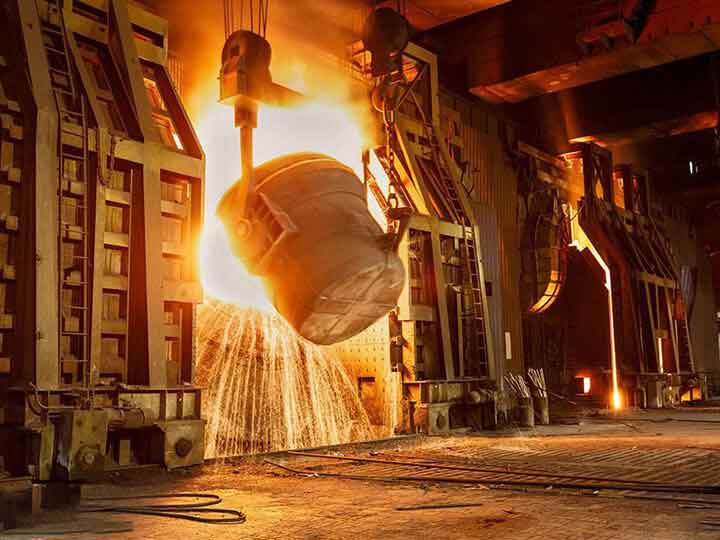
Metallurgical Industry
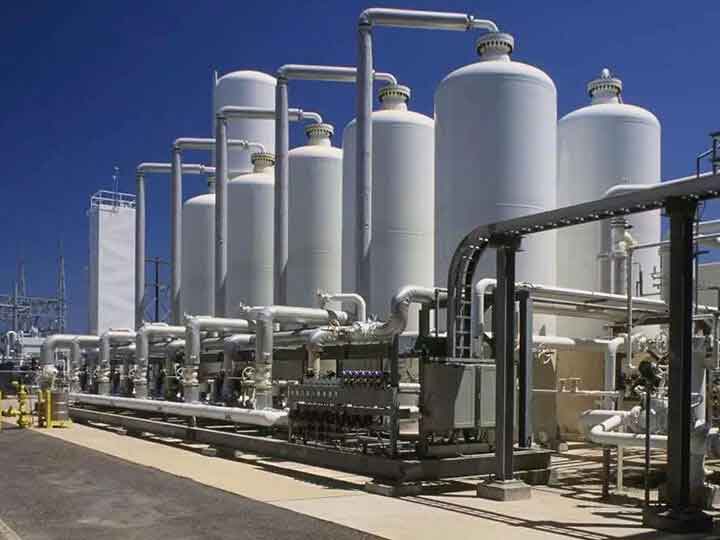
Chemical Industry

Airport
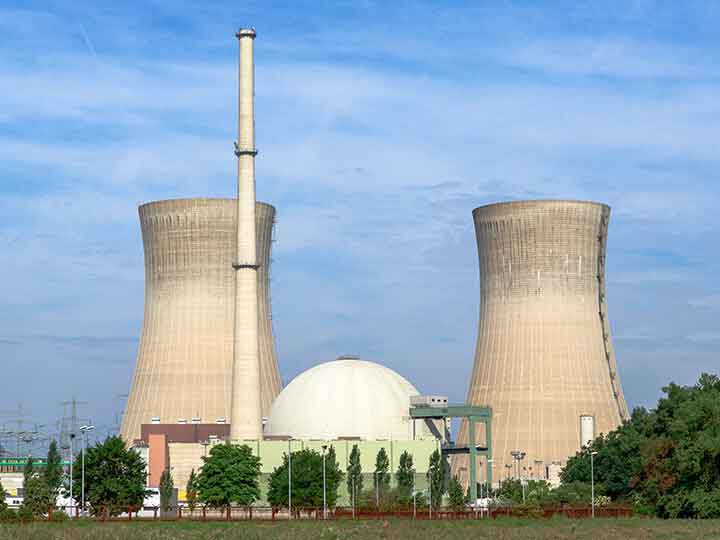
Power Plant

New Energy Field

Residential Building
Steps To Custom Switchgear
Order Review & Confirmation
Upon receiving an order, we carefully review it to ensure that we fully understand the customer’s requirements. We then confirm the order with the customer and send a confirmation letter.
We have a team of experienced engineers who develop a detailed design for the switchgear system. This ensures that the system meets the required specification and is customized to the customer’s needs.
We manufacture and assemble the switchgear system in-house, using state-of-the-art equipment and skilled technicians. We perform quality control inspections during the production process to ensure that the system is built to the required standards.
We conduct a series of tests to ensure that the switchgear system operates safely and meets the required specification. Once testing is complete, we ship the system to the customer’s site.
We provide shipping and installation services to ensure that the switchgear system is installed correctly and safely. We provide documentation and support to assist the customer in the installation process.
After-sales Support
We provide after-sales support to our customers, including training on how to operate and maintain the switchgear system, troubleshooting and repair services, and ongoing maintenance and service contracts.
Switchgear FAQ Guide
Switchgear consists of electrical circuit breakers, fuses, and circuit breakers, and is used to manage, protect, and isolate electrical equipment in a power system. Switchgear is used to power equipment so that it can be worked on, and to clear downstream faults.
The reliability of the power supply is directly related to this kind of equipment. In this article, we will discuss what switchgear is, how it works, what it provides, and what types of switchgear are available. Let’s get started.
Switchgear is a device used in power systems to regulate, control, and make and break circuits. Various examples of switchgear include fuses, switches, relays, voltage transformers, lightning arresters, indicating instruments, and control panels. Switchgear in electronic systems consists of electrical disconnect switches, circuit breakers or fuses to control, isolate and protect electrical equipment. It is used to de-energize equipment so work can be done and to clear faults occurring downstream.
In the early days, central power stations used open knife gates mounted on asbestos or marble insulation panels. By manually operating the switch to create the opening, voltage and power levels ramp up rapidly. These are considered highly lethal to everything except the isolation of powered circuits. Oil-filled switchgear allows arc energy to be safely contained and maintained. The switchgear series became a metal-enclosed structure with electrical switching elements that were controlled by oil circuit breakers by the early 20th century.
Currently, oil-filled equipment has been replaced by the blower, SF equipment, or vacuum. This allows automatic equipment to safely control power levels and high currents. High-voltage switchgear was invented in the late 19th century to operate electric motors and motors. Switchgear can be found in substations, commercial and industrial buildings, paper mills, metal smelters, power distribution substations, and substations. These are mainly used where electrical energy is distributed or utilized in various areas.
Switchgear has two components, the control system, and power conduction. Power conducting components include circuit breakers, fuses, switches, and surge arresters to interrupt the flow of electricity. Control systems include control panels, transformers such as potential and current protective relays, and connection circuits for monitoring, controlling, and protecting various components of power conduction.
Switchgear covers all kinds of equipment concerned with interrupting and switching currents under different conditions including normal and abnormal. It includes fuses, switches, relays, circuit breakers, and various other devices.
1. Change:
Switches are used to conveniently turn electrical circuits on and off. It can be used under different conditions of full load or no load. However, it cannot interrupt the fault current. Every time the switch’s contacts open, an arc is created in the air between the contacts.
This is true in the case of circuits with high voltage and large current capacity. According to the opening degree of the contacts, the switch can be divided into an oil switch, air switch, and isolation switch.
2. Fuse:
A fuse is a thin ribbon or short length of wire that melts when excess current flows through it long enough. It is inserted in series with the circuit to be protected. Under normal operating conditions, a fuse is recognized by the element at a temperature below the melting point.
It is known for carrying a normal load current without any overheating. In the event of an overload or short circuit, the current through the fuse increases the element beyond its rated capacity.
This is known to raise the temperature at which the fuse element melts, further opening the circuit it is protecting. This is how equipment and machinery are protected from any type of damage caused by excessive current flow. Fuses are known for performing various interrupt and detection functions.
3. Breaker:
Circuit breakers are switching devices used to open and close circuits under various conditions including full load, no load, and other fault conditions. It is designed in such a way that it can be operated manually or using remote control under normal and faulty conditions.
A relay circuit is used with a circuit breaker for the latter operation. A circuit breaker consists of fixed and moving contacts that are enclosed in a strong metal tank that is further immersed in an oil called transformer oil.
4. Relay:
A relay is a device used to detect a fault and provide information to a circuit breaker to interrupt a circuit. The main winding of the current transformer is connected in series with the circuit to be protected. The primary winding includes the main conductors.
The second circuit includes a secondary winding of a current transformer connected to a relay operating coil. The third is the trip circuit, which consists of the power supply, the fixed contacts of the relay, and the trip coil of the circuit breaker.
The main functions of this device include the following.
- It protects equipment from short circuits and fault currents.
- The device isolates the circuit from the power supply.
- It increases system availability by allowing multiple sources to power the load.
- It can open and close circuits under normal and abnormal conditions.
- Under normal conditions, it can be operated manually, thus ensuring operator safety and proper power utilization.
- In abnormal conditions, it operates mechanically. In the event of a fault, the device detects the fault and separates the damaged component in the power system. Therefore, it protects the power system from damage.
The switchgear belongs to the generation; the original model was primitive because all the components were fixed to the wall. But later, these were mounted on wooden panels. Later, these planks were replaced by marble or stone slabs for fire protection.
This further leads to improvements, since it is now possible to connect measuring and switching devices to the front, while the wiring is at the rear. A tumbler switch with a common fuse is considered the simplest switching device. This is used to protect and control devices in offices, homes, and lights.
For circuits where high rating, HRC, or high breaking capacity fuses are used with switches, they can function as shielding and control circuits. In high-voltage systems, switchgear is not profitable.
Switching devices basically involve interrupting and switching the current that exists under various normal or abnormal operating conditions. If a higher-rated circuit is available, an HRC or high-breaking capacity fuse used with a switch can protect and control the circuit.
When a fuse blows, it usually takes time to replace it, which disrupts service to customers. Fuses cannot interrupt large fault currents caused by high-voltage system failures.
As electrical systems advanced, lines and various other devices began to operate at high voltages. These are known for carrying high currents. Every time there is a short circuit in the system, the high current flowing through the equipment can cause considerable damage.
To interrupt large fault currents, automatic or simple circuit breakers are used. A circuit breaker is a switching device that can open or close a circuit under various normal and abnormal conditions.
Its main features include the following.
- Manual Control Provisions
- quick operation
- well-established discrimination
- overall reliability
- Common problems
- Setup Preparation: This is the most important method. Having a proper plan and arranging the initially required materials will make the work process run smoothly.
- Inspection of switchgear: After the switchgear leaves the factory, although it is guaranteed to be kept properly, it still needs to be properly inspected before it is put into use.
- The setup works: here is one of the main steps. Properly prepare the entire setup for installation.
- Installing the switchgear: Now, the main work. Install the switchgear. The detailed steps for the same are given below. Switch cabinet components need special attention.
- Check the switchgear: inspection is key. As you go through these major steps, it’s important to check at each stage. However, initial and final inspections are considered the most important ones. Here we are talking about the final inspection.
- Verifying all components is the first step. All relays, fuses, meters, breaker sizes, bus bar sizes, etc. are verified.
- The installation should be consistent with the provided store format.
- Floors should be ready for installation with foundation frames grouted in open trenches.
- Clearance must be left on the rear side to provide room for maintenance work.
- The bus connection should be firm.
- The manufacturer’s specification for cable radius needs to be followed.
- Cable pulling, termination, and crimping required
- A proper ground connection to the switchgear must be provided.
- The electrical switchgear manufacturer’s recommendations regarding materials should not be disregarded.
- All cable entries and other openings in rooms or floors involved in the process must be sealed with a suitable sealant.
- The room needs to have proper air conditioning, the air conditioning unit needs to be installed outside rather than inside, and no water is allowed in the room.
- The connecting cable length between the switchboard and the battery unit should be 4 mm.
Switchgear is typically built to withstand harsh environments and the forces imposed by operation. A switchgear’s life expectancy is the maximum amount of time it can operate without requiring major repairs.
The life expectancy of switchgear is defined as mechanical or electrical. Mechanical life depends on switch design, contact mass, and acceleration among other factors. Electrical life is mainly affected by the operating temperature and is usually short.
The service life of a switchgear also depends on its rated voltage. Low-voltage switchgear typically lasts 20 to 30 years, whereas high-voltage switchgear typically lasts 40 years or more. However, longevity can be greatly affected by several factors, including:
- The environment in which the switchgear operates
- How to use the switchgear
- Maintenance quality of switchgear
- The quality of the switchgear itself
While switchgear will eventually age and need to be replaced, there are ways to extend its life expectancy that users can take advantage of. Tips for increasing switchgear life expectancy are provided below.
You want the switchgear that distributes power throughout your facility to last as long as possible. Fortunately, this is possible – with regular maintenance of switchgear and following a few best practices. Things to do to extend the life expectancy of your switchgear include those listed below.
1) Switchgear maintenance plan
A switchgear maintenance program is an absolute must if you want to extend the life of your switchgear. However, the plan should be designed by a qualified electrical engineer and include all recommended maintenance tasks for your particular switchgear.
Establish a work order system that generates maintenance tasks according to a set schedule for switchgear maintenance checklists. This will ensure that all suggested tasks are executed in a timely manner and nothing is missed.
Be sure to include preventive maintenance tasks, such as predictive maintenance, preventive maintenance, and corrective maintenance.
1. Switchgear predictive maintenance
Switchgear predictive maintenance is maintenance that takes place before any problems occur with the equipment. This may involve conducting tests to identify potential problems and then taking steps to fix them before they cause any damage.
Predictive maintenance is often seen as the best way to maintain switchgear as it helps avoid costly repairs or replacements. It is also less disruptive than other types of maintenance because it can be performed while the equipment is still in use.
2. Switchgear preventive maintenance
Preventive maintenance refers to activities designed to prevent potential problems from occurring. This often includes performing regular maintenance practices, such as visual inspections and making sure the equipment is clean and free of debris.
Switchgear preventive maintenance, like predictive maintenance, will help prevent problems before they occur. It helps reduce the cost of running the equipment and also prolongs the life of the equipment by avoiding problems.
3. Corrective maintenance of switchgear
Corrective maintenance is performed after a problem has already occurred. This type of maintenance involves repairing or replacing damaged parts or making adjustments and upgrades to existing equipment.
Corrective maintenance of switchgear helps to ensure that the equipment is safe for use and can continue to operate normally. In addition to ensuring that the electrical distribution system does not experience prolonged downtime, it also helps prevent further damage from occurring.
2) Switchgear thermal monitoring
One of the biggest causes of reduced switchgear life expectancy is thermal damage. Thermal damage occurs when switchgear overheats due to electrical faults or other problems. High switchgear temperatures can also arise from sources external to the equipment, such as high-temperature operating environments.
Monitor the temperature of switchgear with a thermal imaging camera or infrared thermometer to spot potential problems before they cause damage. Check for any hot areas, as they may indicate an electrical fault or other problem that needs to be addressed.
Take steps to prevent overheating, such as providing ventilation to cool equipment or installing air conditioning in hot environments. This will greatly extend the service life of the switchgear and avoid unnecessary costs.
3) General switchgear monitoring
In addition to monitoring switchgear temperatures, it is also important to keep an eye on the equipment for any other potential problems. This requires a visual inspection to determine the condition of the switchgear.
Regularly inspect components for physical damage such as broken insulation, loose connections, or bent frames. These problems can lead to electrical failures, which can cause overheating and shorten life expectancy.
Also, monitor the switchgear for any unusual sounds or vibrations, as these may indicate a problem that needs to be addressed. By monitoring your switchgear and taking steps to fix any issues found, you can significantly extend its life.
4) Switchgear arc flash protection
The occurrence of a switchgear arc flash generates extreme heat and pressure. In a circuit breaker, the heat will eventually wear out the contacts. In other parts, arcing can cause insulation damage and, worse, cause switchgear to catch fire or explode.
One of the best ways to protect switchgear from arc flash damage is to install components that clear arc faults in a short amount of time, such as snap-action circuit breakers and other switches. It is also important to invest in a modern switchgear monitoring system that includes light sensors to detect arc flashes.
Another way to protect switchgear is to ensure that all electrical panels and cabinets are properly labeled. This will help ensure that only qualified personnel or switchgear technicians work on or near the equipment.
5) Transformation of switchgear
Switchgear technology is constantly evolving. By retrofitting existing switchgear with the latest technology, you can extend its life expectancy while improving its performance. Some of the latest switchgear technologies you may want to consider include flash mitigation devices and advanced monitoring systems
Retrofitting or upgrading switchgear is a big decision, but definitely worth the investment. By keeping up with the latest switchgear, you can increase the safety, reliability, and performance of your equipment, as well as its longevity.
In addition to upgrades, ensure that switchgear is repaired in a timely manner. This means taking action when a problem is first discovered. Fixing problems early will save you time and money in the long run, while also helping to extend the life of your switchgear.
6) Proper switchgear training
It is important to properly train all personnel who will work with the switchgear. This means everyone who comes into contact with the equipment, from maintenance personnel to those who use the switchgear on a daily basis. Switchgear training should cover proper operation, maintenance, and troubleshooting.
Industrial facilities, commercial buildings, and even residences use switchgear. It can (and does) fail, just like any other electrical equipment. When this happens, it can mean all kinds of problems, such as downtime, lost production, and even injury.
Therefore, every facility owner or manager expects that equipment to always perform as expected. Unfortunately, this is not always the case. However, knowing the main reasons for electrical switchgear failures can help you prevent them.
Switchgear failures arise from many different causes. Some are caused by the equipment itself, while others are caused by external factors. Regardless of the cause, failure of electrical switchgear can have serious consequences. Below is a list of the most common causes of switchgear failure. We’ll discuss how to prevent them later.
1) The switchgear is connected incorrectly
A switchgear connection is a bolted, screwed, or welded connection between different parts of a switchgear. Over time, these connections may loosen due to vibration or other factors. When this happens, an electrical arc can occur that can damage the equipment or start a fire. This type of failure is usually caused by poorly maintained switchgear.
2) Switchgear insulation degradation
Switchgear insulation is used to protect against electric shock. It can also help prevent fires by providing a barrier between live electrical parts and arc extinguishing or cooling. Over time, insulation can degrade from heat, chemicals, or other factors. When this happens, it can cause the switchgear to fail.
3) Improper maintenance of the switchgear
Switchgear should be serviced regularly by qualified personnel. Switchgear servicing includes regular cleaning, inspection, and testing. Occasionally, however, service intervals may be extended or skipped entirely. As a result, dirt, dust, and other contaminants accumulate, eventually causing the switchgear to fail.
4) Old switchgear components
Like any other type of electrical equipment, switchgear has a limited lifespan. The older the switchgear, the more likely it is to fail. That’s why it’s important to stick to the manufacturer’s recommended replacement schedule. This includes replacing old switchgear components and, if necessary, upgrading to the new switchgear.
5) Environmental reasons
Switchgear is designed to withstand a range of environmental conditions. However, extreme conditions can still cause failure. This includes high humidity, high temperatures, and even salty air. External causes of switchgear failure also include the entry of animals such as rodents into the equipment.
Here are some common questions about switchgear.
1). What is the importance of switchgear?
It is used to isolate and protect electrical equipment from fault currents.
2). What is the function of the switchgear?
It helps protect appliances and motors.
3). What is the difference between a switchboard and switchgear?
Typically, switchgear is used for lower voltages up to 600 volts, while switchgear is used for high voltages up to 350 kV. Various aspects of switchgear and switchboards differ, including voltage levels, design, and application.
Switchgear is an important part of an electrical circuit, and understanding its components, features, and functions will allow you to select the appropriate commercially available switchgear. The function of switchgear may be different, such as high-voltage switchgear and low-voltage switchgear. Using this information, you can locate manufacturers and suppliers of switchgear and its components.
